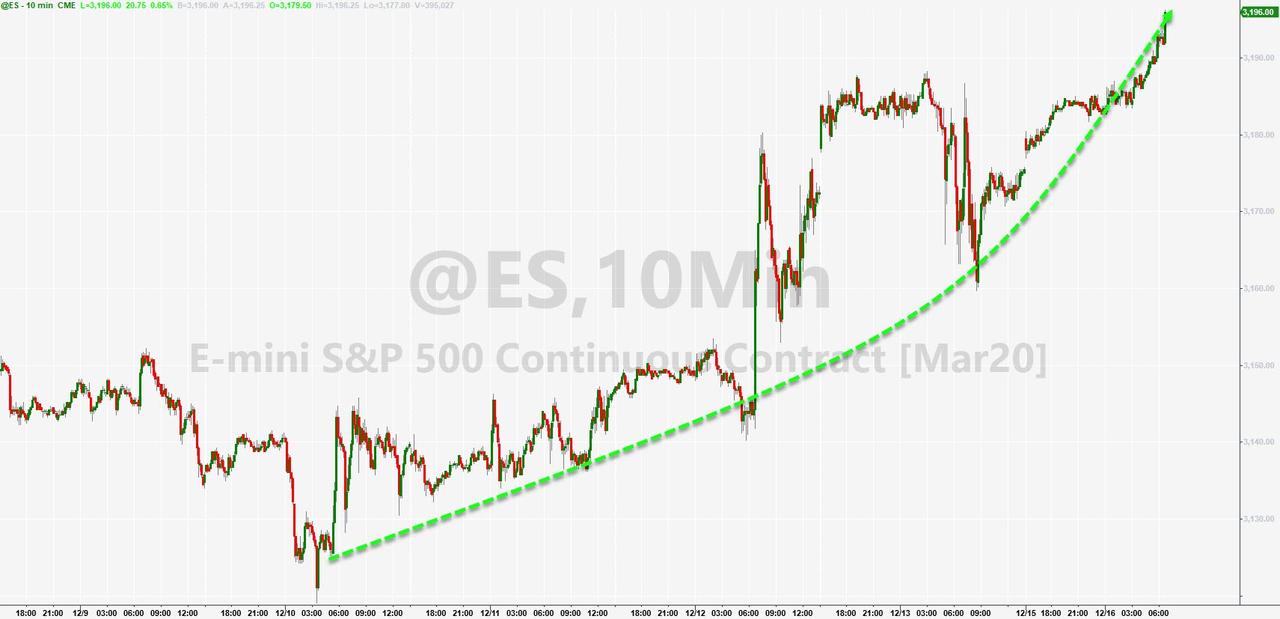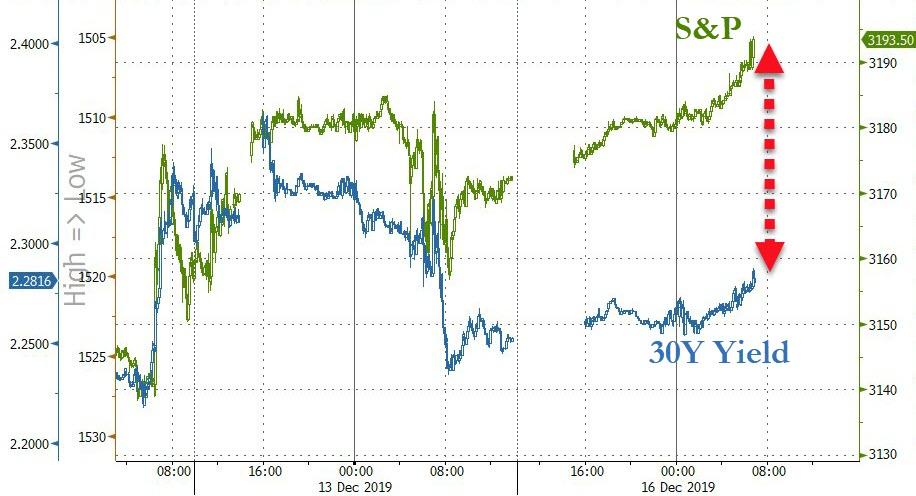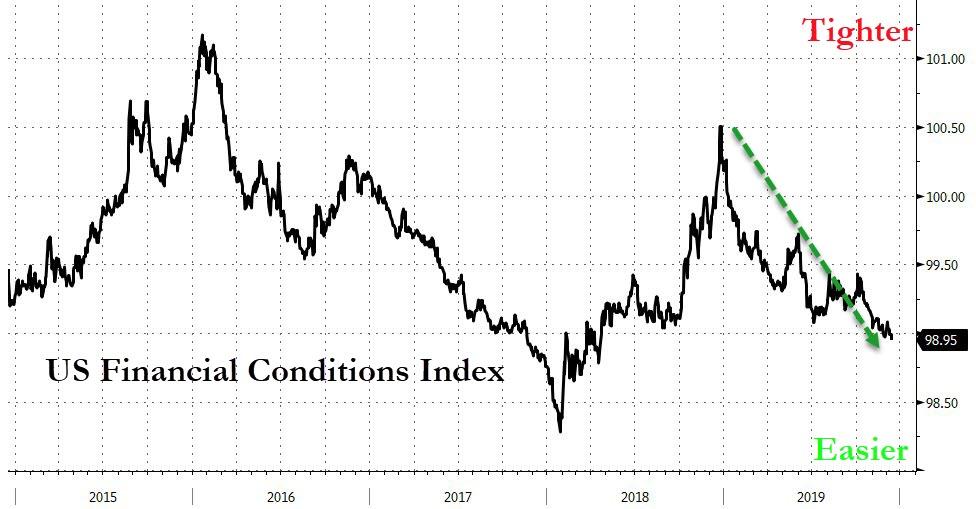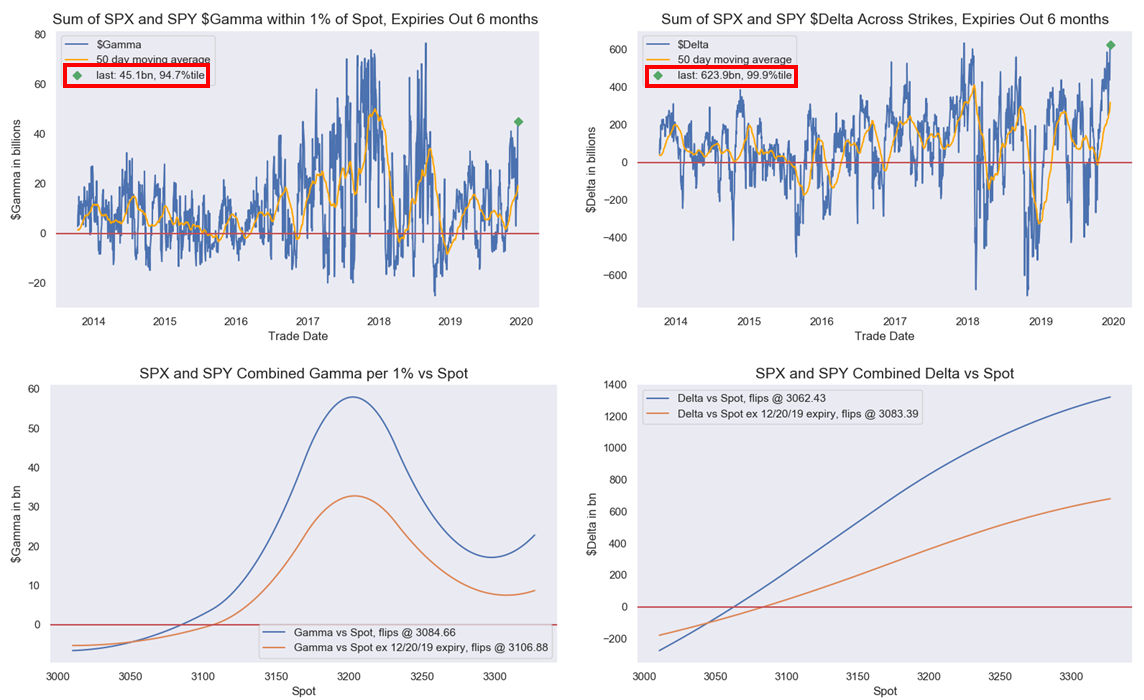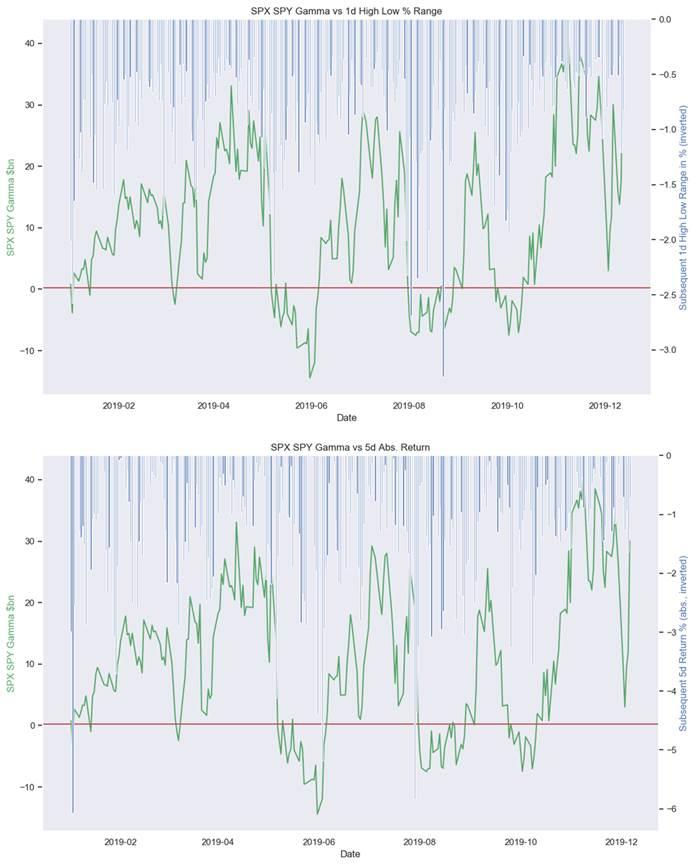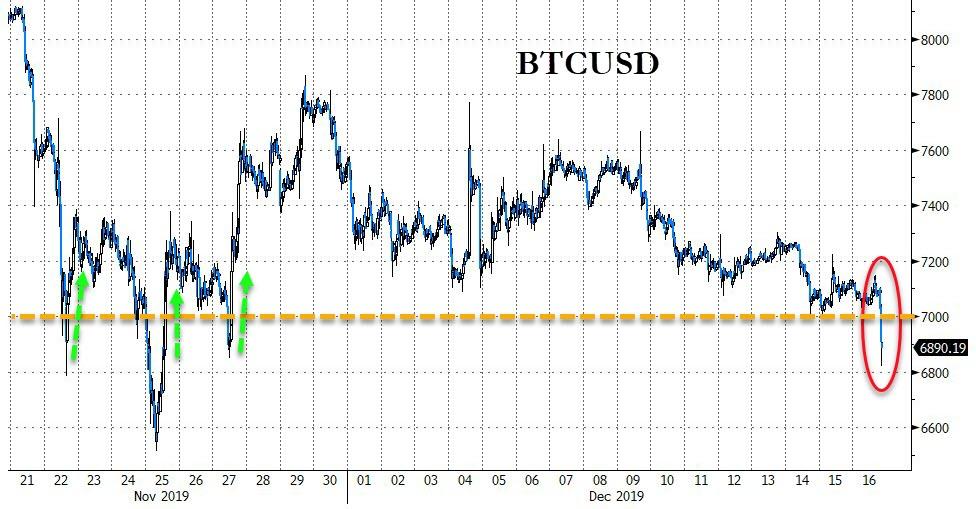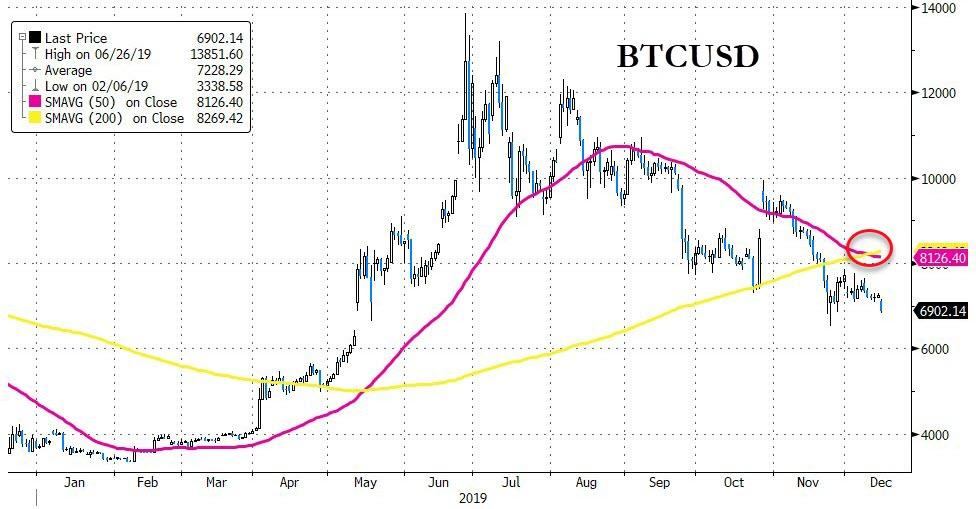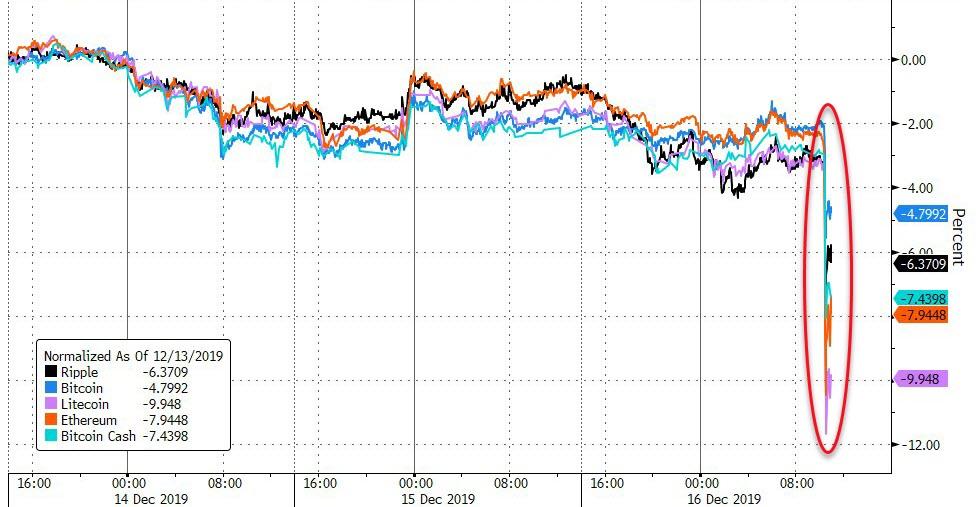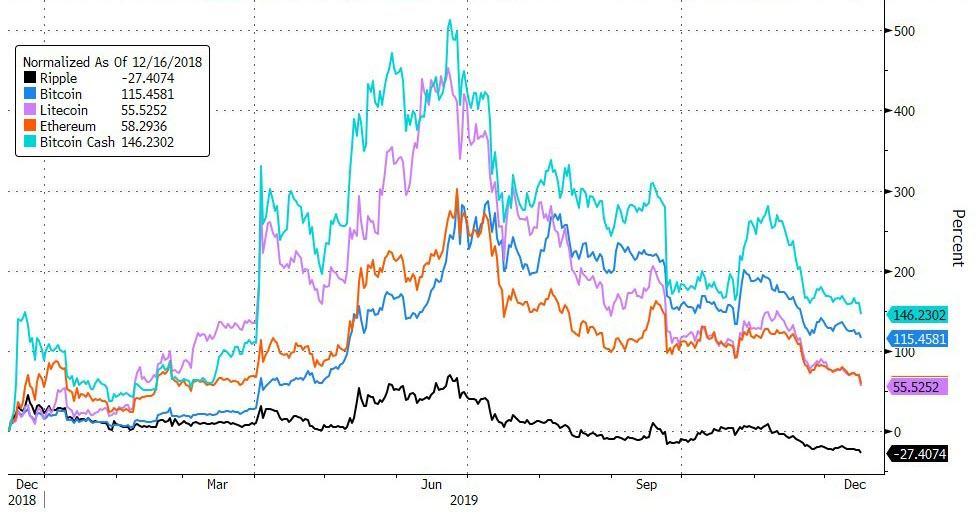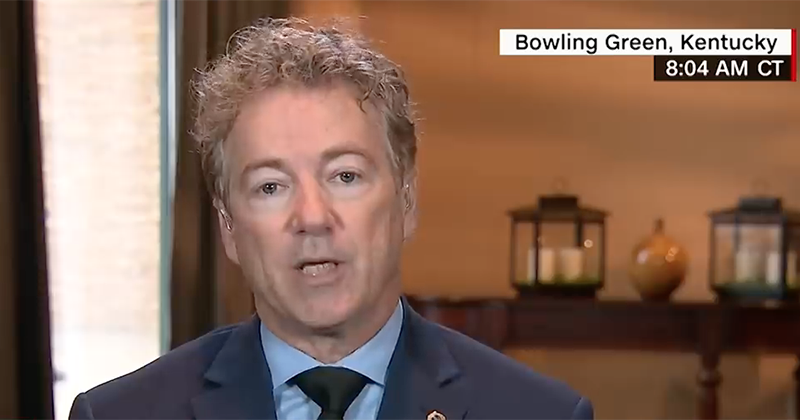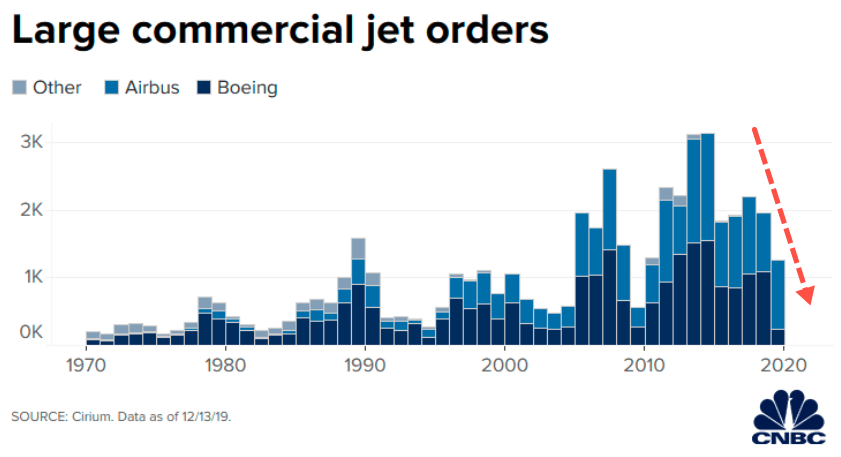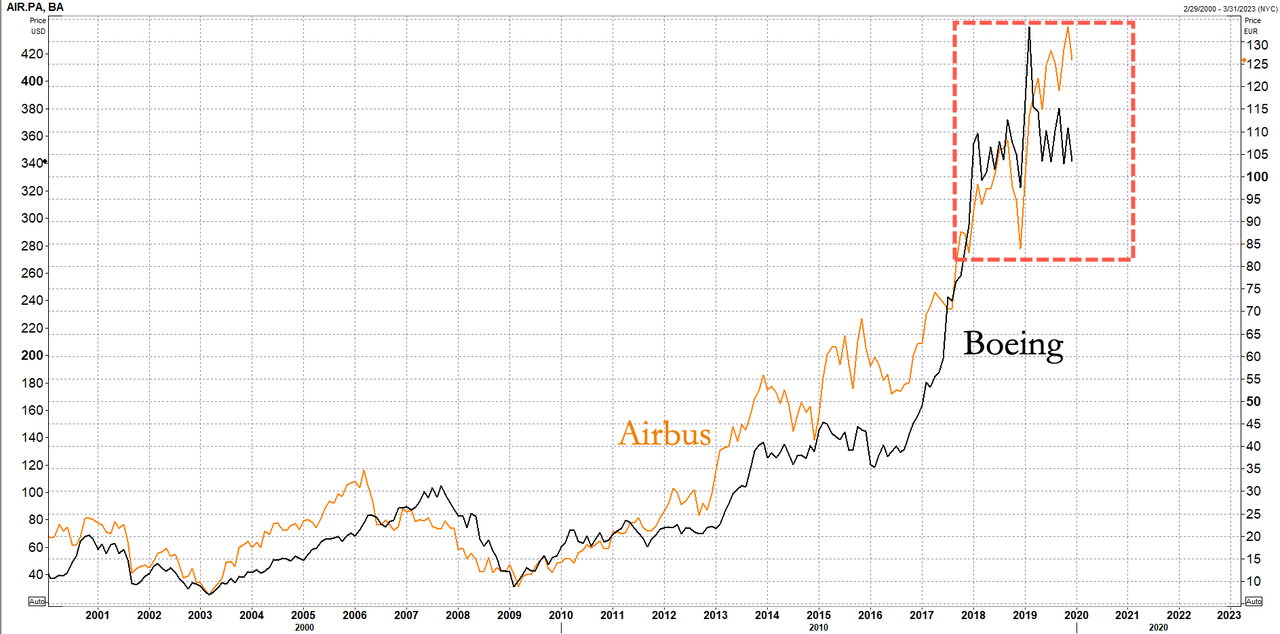Human beings are anxious creatures. We worry about things that might kill us. We worry about things that might kill our children. We worry about things that might get our children high. Even if a trend clearly doesn’t create any mortal danger, we worry about the threat it poses to all that’s good and wholesome in society. The world faces plenty of real problems, but more often than not the things that pique our collective anxieties are wildly overblown.
Before the 2020s start tossing us a new set of worries, it would be useful to reflect on the last batch of folk demons that we were frightened of and then forgot about. So here are 10 of the biggest moral panics of the last 10 years. Some were real but rare dangers; others were fictions from the get-go.
Blockbuster Bloodbaths
At the beginning of the decade, people worried that movies were making us kill ourselves. By the end, films were supposedly causing us to kill each other.
James Cameron’s cutting-edge special effects in Avatar, released in the final weeks of 2009, were apparently so effective that audiences were reaching for their own cutting edges. Or at least that’s the impression you’d get from some of the picture’s press clips. CNN and Psychology Today both ran articles on moviegoers’ “Avatar Blues.” The Daily Mail and Daily Telegraph claimed the film was driving fans to depression, despair, and even thoughts of suicide.
All these stories were based on a single thread on the fan website Avatar Forum, where viewers discussed the feelings of environmental pessimism the film had given them. We don’t actually know any cases of people killing themselves as a result of seeing the movie. Given how fast the utterly generic picture has been forgotten, it’s safe to say that any concerns about its long-term effect on our mental health were overdone.
Years after these fears of film-induced self-harm had subsided, an even darker fear spread about the 2019 hit Joker. The origin story for Batman’s arch-rival was supposedly going to inspire acts of terrorism by involuntarily celibate men, or “incels.”
Army officials advised soldiers going to Joker screenings to plan two routes of escape in the event of an incel attack. Police in New York beefed up security at all theaters showing the film.
The idea that Joker would be a rallying point for incels always seemed implausible given its plot, which was much more about the antihero’s struggle with mental illness than his inability to get dates. In any case, no violent episodes at Joker screenings have been reported.
Oral Panics
The 2010s were full of freak-outs over the various toys and cleaning products children could swallow to fatal effect. Take “Buckeyballs,” small magnetic spheres that make a fun desk toy but can be dangerous if more than one is swallowed. (The magnetic balls’ attraction to each other means they can press up against intestinal walls, causing internal bleeding.)
These trinkets produced fewer injuries than such commonplace activities as skateboarding or tennis, but the federal government decided to crack down on them. In 2012 it ordered recalls of the products and filed lawsuits against the companies that made them.
Most producers of these magnetic spheres were eventually put out of business. In 2018, a judge tossed the last outstanding recall order against Zen Magnets, finally allowing these playful products back on the market.
By then the country had found a new threat to children’s innards: Tide Pods. The seemingly innocuous plastic-wrapped detergent packs added convenience to doing laundry, but they were purportedly proving irresistible to teens and toddlers alike.
The former engaged in the viral “Tide Pod Challenge,” in which a brave champion would try to eat the bitter soap products on camera. Younger children, supposedly attracted to these laundry aids’ scents and colors, were getting sick—and in a handful of cases dying—from eating them.
It was more common for children to die from swallowing other common household goods, such as batteries, and that does not usually prompt people to try to ban those items outright. Yet a pair of New York state lawmakers introduced a bill to ban Tide Pods. Meanwhile, YouTube took down Tide Pod Challenge videos. Facebook deleted memes featuring the product.
The New York legislation never went anywhere, and online teens soon graduated from eating Tide Pods to snorting condoms. Mercifully, the panic about detergent packs subsided by March 2018.
BEES!
For a few years in the early part of the decade, things looked dire for the humble honeybee and all the agricultural products that depended on it for pollination. A rise in the number of beehives mysteriously dying off—a phenomenon known as Colony Collapse Disorder—sparked a series of apocalyptic headlines.
Publications warned of a “bee-pocalypse” or a “beemageddon.” National Public Radio worried we were reaching “a crisis point for crops.” Time devoted a cover story to “a world without bees.” The Obama administration threw $83 million at the problem.
From our vantage point at the end of the decade, this all looks overblown. As Shawn Regan noted in a 2017 issue of Reason, the actual number of honeybee colonies continued to grow despite the increased bee mortality rate. Commercial beekeepers, he wrote, “have addressed the increasing mortality rates by rapidly rebuilding their hives, and they have done so with virtually no economic effects passed on to consumers.”
The picture looks pretty similar today. One study published this past July found that Colony Collapse Disorder “has not had measurable effects on honey production, input prices, or even numbers of bee colonies.” Makes you wonder what all the buzz was about.
Flavor of Fear
Nicotine vaping products, a safer alternative to combustible cigarettes, have helped countless former smokers ditch their old habit. You might think the public health community would welcome that. Instead, it has searched constantly for opportunities to crack down on one of the most successful smoking cessation products ever created.
By the middle of the decade, the American Lung Association was warning that chemicals in vaping liquids could cause “popcorn lung“—a threat that British health authorities have said is not a risk at current exposure levels. Others have argued that teen vaping will lead more kids to become hooked on cigarettes, even as teen smoking rates hit record lows.
Under President Barack Obama, the Food and Drug Administration (FDA) planned to require that all vaping products get preapproval from the agency, a lengthy process that can cost over $500,000 per product. Donald Trump’s FDA briefly backed off that plan, only to return to it with reckless abandon after some vapers came down with a mysterious lung disease. It bumped up the date for when vaping products had to get FDA approval from 2022 to June 2020. The president also threw his support behind a ban on flavored vaping products, a move several states had already implemented.
The cause of that mysterious lung disease now looks likely to be black market THC cartridges, not vaping itself. But this discovery has done little if anything to dampen enthusiasm for cracking down vaping.
Plastic Environmentalists
The idea that the ubiquitous plastic straw would become the target of bans across the nation may have sounded far-fetched on January 1, 2010. But by the end of the decade, cities from Seattle to D.C. had laws against the little suckers. Indeed, the whole state of California made it illegal for full-service restaurants to offer customers a plastic straw unsolicited. Diners now have to explicitly request one.
The restrictions were supposed to stem the tide of plastic waste pouring into the world’s oceans. But on closer examination, those straws weren’t a substantial reason for plastic pollution after all.
You wouldn’t guess that from a statistic that surfaced in 2011, claiming that Americans are using 500 million plastic straws a day. With that volume of daily straw use, how could we keep using the things?
As it turns out, the number was the work of a 9-year-old who had conducted a phone survey of three straw manufacturers. Estimates by market analysts put the number between 175 million and 340 million.
But whatever the final figure for Americans’ daily straw use is, we know that it is a tiny, tiny fraction of overall plastic waste. Plastic straws typically make up 2 to 4 percent of trash collected during beach clean-ups. They’re an equally small percentage of state litter surveys.
On top of that, the U.S.—with its robust waste management systems—is responsible for only about 1 percent of the plastic getting into the ocean each year, according to one 2015 study. The best thing we can do to stop plastic pollution isn’t to ban straws; it’s to establish better waste management systems in places like China, Indonesia, and Vietnam.
Mercifully, the straw panic may be subsiding. Indeed, straws are starting to become a symbol of resistance to government overreach. But the fact that they could be so easily restricted in so many places makes you wonder what other modern conveniences might be on the chopping block in the next 10 years.
High Holidays
Few events can inspire a moral panic quite like Halloween. Parents and police have fretted for decades over everything from razor blades in candy apples to sex offenders on the prowl.
In the last decade, the biggest Halloween-related safety scares have revolved around one particular alleged menace: drug-laced Halloween candy.
The success of marijuana legalization in the 2010s has prompted police departments to warn parents of the possibility that THC-infused edibles from now-legal dispensaries, perhaps deceptively labeled to look like normal candy, could wind up in their children’s trick-or-treating bags.
Yet there’s no evidence that anyone has ever knowingly handed out intoxicating treats to children on Halloween. Drugs are expensive, especially when they taste like candy. Even the most malicious stoner is going to pause before giving a kid a $10 pot gummy as some sort of sick joke.
A trip through Reason‘s archives shows just how frequently these warnings about of pot-laced candy have popped up, despite no known incidents of children accidentally eating them. Even Time, which has rarely met a moral panic it couldn’t get behind, has been dismissing this one since 2011.
Every so often there is a reported case of a child accidentally getting high on Halloween. But typically, the source of the drugs in these stories is the kid’s parents, who then try to pin the blame on strangers’ corrupted candy.
Pot gummies in your kids’ candy bag should thus be treated like ghosts, goblins, and other Halloween mainstays: frightening but fictional.
Creepy Clowns
In August 2016, stories started to surface of creepy clowns trying to lure children into the woods with candy. The first such incident allegedly occurred at an apartment complex in Greenville, South Carolina. Soon stories of clown sightings were popping up all over the country, scaring not just impressionable kids but also authorities you might have hoped could keep a level head.
Seattle Public Schools told students and parents to report any clowns they see to a teacher or principal. Kemper County, Mississippi, banned clown costumes in the run-up to Halloween. One West Virginia police chief posted notices around town warning anyone wearing a clown costume that they would likely be beaten up before being arrested.
But no stories of clowns luring children into the woods were ever actually confirmed. At most you had some cases of clown-costumed people taking advantage of the panic to dress up and spook people.
Indeed, the main victims of 2016’s clown panic appear to be professional clowns, who were forced to lay low lest they suffer arrest or violent attacks from coulrophobic cops or private citizens.
Fortunately for these full-time jesters, the election of Donald Trump in November 2016—just as the clown panic was reaching its climax—shifted everyone’s attention elsewhere.
Secret Nazis
The morning following Election Day 2016, a San Francisco man decided to protest Trump’s election by hoisting a flag bearing the Nazi swastika. The rather ill-thought-out statement quickly provoked panic from the man’s equally anti-Trump neighbors, who assumed the banner was meant as a symbol of support for the president-elect.
It was a ridiculous moment in a big national Nazi hunt. It wasn’t the only one.
Recall, for instance, that brief moment during the confirmation hearings for now–Supreme Court Justice Brett Kavanaugh, when a woman sitting behind Kavanaugh, U.S. Attorney Zina Bash, could be seen forming what looked like the standard “OK” symbol with her right hand.
That might sound innocent enough, but some alt-rightists had appropriated the OK sign as a symbol, and so social media was soon ablaze with accusations that Bash was a secret fascist herself. The judgment of history seems to be that Bash—whose Jewish grandparents were reportedly Holocaust survivors—was innocent of any Nazi sympathies, but that has not erased paranoia over the OK symbol. This past weekend saw Twitter abuzz about videos of cadets forming the OK sign while watching the Army-Navy football game. Less conspiratorial observers argued the cadets were playing the long-common circle game. Nevertheless, officials at West Point and Annapolis have now launched an investigation an investigation to see if there were any racial motivations behind the sign.
It’s not just innocent hand gestures that are getting one labeled a Nazi sympathizer. Nowadays a failure simply to talk about white supremacy can be taken as evidence of support for the noxious creed.
Take the fuss over singer Taylor Swift. Her failure to take a side in the 2016 election was seen as very suspicious by some. Soon enough pop-culture bloggers finding subtle white supremacist references in her music. Actual white supremacists were quick to co-opt this claim. The infamous Daily Stormer founder Andrew Anglin, for example, wrote that Swift was an “Aryan Goddess” red-pilling America.
Not until the singer-songwriter endorsed several Democrats during the 2018 midterm elections did the country breathe a sigh of relief that perhaps Swift was not in fact a Nazi.
Sex Recession
Typically, moral panics about the sexual habits of young people are about them having too much sex. That hasn’t really been the case for this decade’s professional pearl clutchers, who set aside their fears about rainbow parties to worry that the nation’s youth are not being intimate enough with each other.
In a seminal 2018 article on the “sex recession,” The Atlantic offered a few, mostly pessimistic thoughts about why teens were starting their sex lives later or not at all, including the rise in porn consumption, the self-defeating shallowness of dating apps, and helicopter parenting. The Washington Post was equally downbeat in 2019 when covering General Social Survey data showing that a record number of young people had been celibate in the last year.
One Guardian columnist pinned this lack of love-making on the anxiety-inducing nature of modern life, writing that the young have a “million things on our minds that could be interfering with our libidos. We’re worried about finding a stable job, our university loan debt, moving out of our parents’ homes and more.” CNBC has said the sex recession might cause an actual recession.
But several scholars have pushed on back the data underlying the assertion that millennials are having less sex. Others have noted the positive side-effects of teens and young people having sex less often, including declining rates of STDs and teen pregnancies.
If we ever reach a point where teens are having the perfect amount of sex, concerned citizens will probably start to worry it’s really not the right kind of sex.
Mass Shootings
Mass shootings are undendiably deadly and tragic. They’ve also inspired a full-blown social panic.
One out of three Americans say they avoid public places for fear of mass shootings. Schools across the country now force students to participate in traumatizing live shooter drills, while some parents buy them bulletproof backpacks. The fear of mass shootings has prompted the San Francisco Board of Supervisor to brand the National Rifle Association a literal domestic terrorist organization, and activists have threatened boycotts of any companies that extend standard group discounts to the organization’s members. A dozen state legislatures have recently passed Red Flag laws, which allow police to confiscate firearms from their legal owners on the suspicion that they might pose a danger to themselves or others.
On one level, this fear is understandable. The randomness of mass shootings, and the ordinary places they can happen—a movie theater, night club, or country music concert—allows people to see the potential for one of these violent episodes anywhere they go. This fear has been heightened by the fact that six of the 10 deadliest mass shootings have happened in this decade.
But Northeastern University criminologist James Alan Fox points out that there is no evidence for an epidemic of mass shootings, stressing that these grizzly events are still few and far between. They also continue to be a tiny portion of overall gun homicides, which themselves have fallen to record lows almost everywhere during the 2010s. New York—once famous for its high rates of violent crime—managed to go a whole weekend with zero shootings in 2018.
As gun violence has become rarer, we seem to have become more sensitive to it.
This is not to downplay the horror of the crimes that do happen. But an overwrought fear of these rare events is leading to crippling anxieties and ineffective, heavy-handed policies.
For now, at least. Who knows what new demons will come along to fill that mindspace in the 2020s?
from Latest – Reason.com https://ift.tt/34wMo4N
via IFTTT
